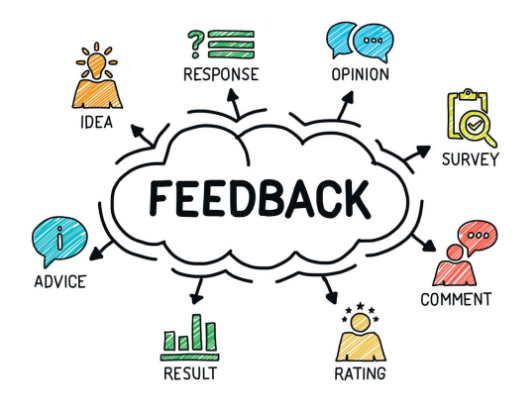Tag: marketing strategy examples

Marketing Approach: A Unique Technique to Add to Your Portfolio
We are continually faced by great opportunities brilliantly disguised as insoluble solutions. Lee Iacocca has a winning thought here. Are you occasionally looking for help finding an answer that would solve a problem? Happens to us all, and even for our customers. Why not turn this idea into a unique marketing approach? Marcus Sheridan, the founder…
Marketing Strategy Examples: How To Explode Your Growth
Have you noticed that the world of marketing is changing? A big cliché, yes? Yes, it is, but it is having a significant impact. And the change is rapid. Traditional media vehicles are losing effectiveness as people communicate in new and different ways. Here we will illustrate learning from the best marketing strategy examples. If…

Target Market … How to Target for Best Marketing Campaigns
In the old days of advertising, the name of the game was reach and frequency. Brands preferred mass media vehicles like television and radio because they were the easiest means to reach large audiences and build brand awareness. But the world has drastically changed with the internet. Now the focus is all about how to…